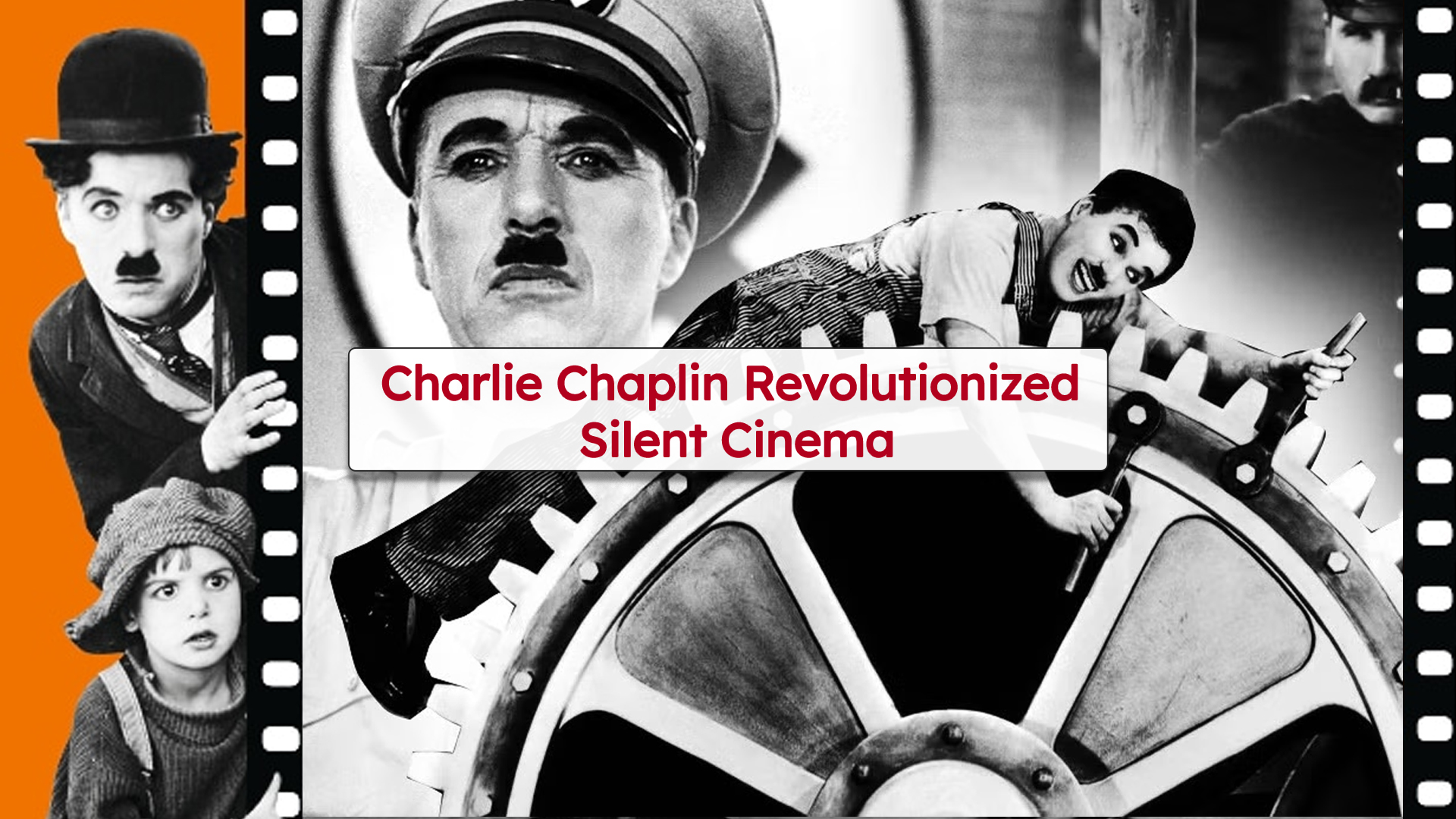Charlie Chaplin, one of the most iconic figures in film history, revolutionized silent cinema with his impeccable comedic timing, expressive acting, and deep storytelling. As a pioneer of the film industry, Chaplin’s contributions shaped the way movies were made and perceived, leaving a lasting legacy that continues to influence filmmakers today.
The Birth of a Legend
Chaplin’s rise to fame began in the early 1910s when he joined Keystone Studios, a leading silent film production company. It was here that he developed his most famous character, “The Tramp,” a lovable vagabond with a distinctive bowler hat, cane, and mustache. This character became synonymous with Chaplin and played a significant role in shaping the landscape of silent cinema.
Master of Visual Storytelling
Before the advent of synchronized sound in movies, filmmakers relied on exaggerated body language and visual gags to tell their stories. Chaplin excelled in this domain, using his background in pantomime to create expressive and universally understood narratives. His ability to convey deep emotions without words set him apart from his contemporaries.
Innovator in Filmmaking
Chaplin was not just an actor; he was also a director, writer, and composer. He took complete control over his films, ensuring they reflected his vision. One of his greatest innovations was blending comedy with social commentary. Films like The Kid (1921), City Lights (1931), and Modern Times (1936) combined humor with poignant messages about poverty, industrialization, and the human spirit.
Elevating Silent Comedy to an Art Form
Chaplin’s comedy was more than slapstick—it was art. His use of meticulously choreographed physical comedy and deeply emotional moments set a new standard for silent films. Unlike many of his peers, he avoided excessive title cards, choosing instead to rely on purely visual storytelling. This approach made his films accessible across cultures and time periods.
The Transition to Sound and Lasting Impact
With the arrival of sound films (talkies) in the late 1920s, many silent film stars struggled to adapt. However, Chaplin resisted the shift, believing that silent cinema had a unique artistic value. He continued making primarily silent films, such as City Lights and Modern Times, well into the 1930s. Even when he eventually embraced sound, his storytelling remained deeply rooted in the silent film tradition.
Chaplin’s influence on cinema is immeasurable. His films continue to be studied for their innovative techniques, emotional depth, and brilliant comedic elements. He transformed silent cinema from simple entertainment into an enduring art form, proving that storytelling transcends words.
His legacy lives on, reminding us that laughter and emotion need no language to be understood.


